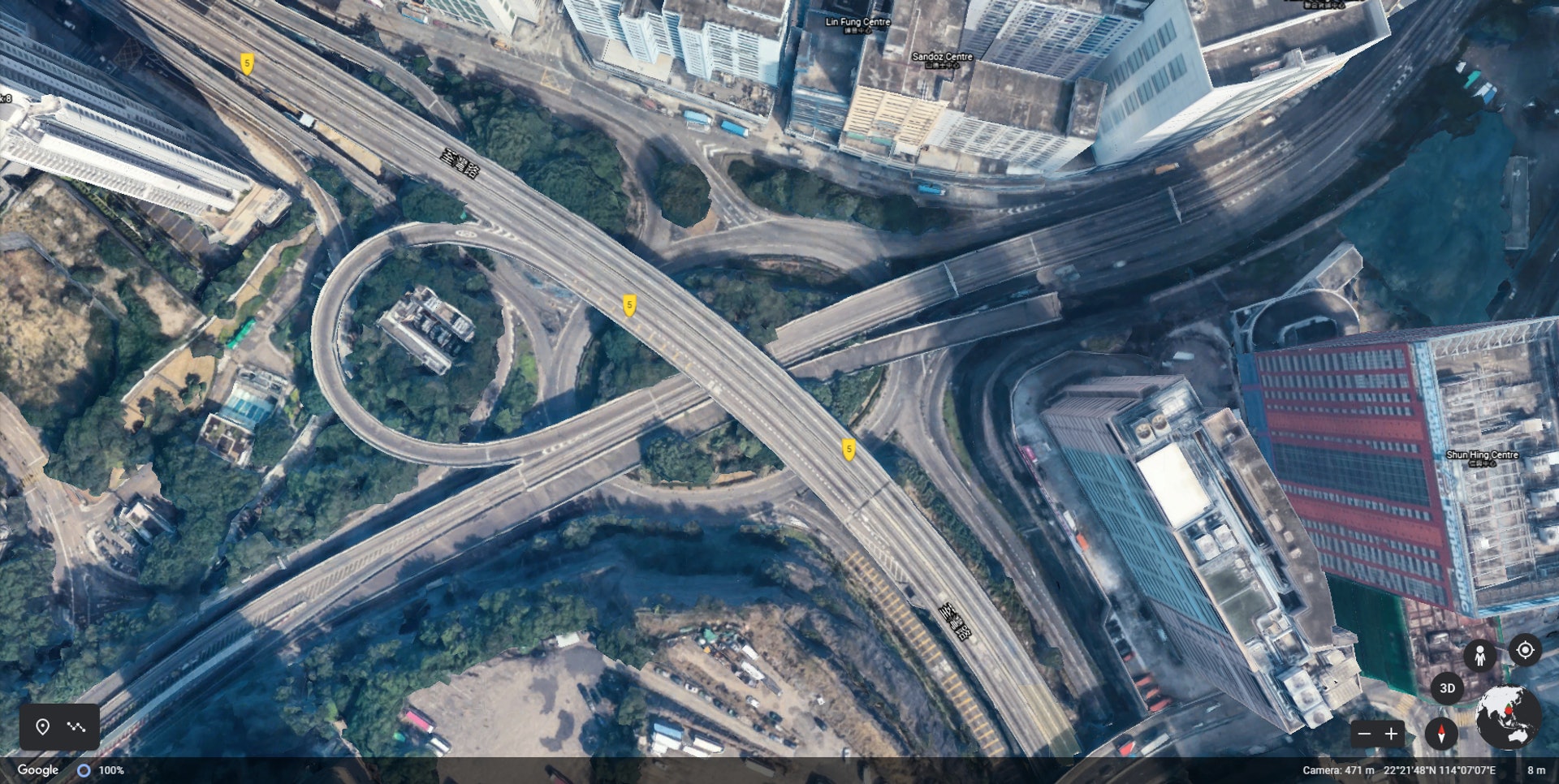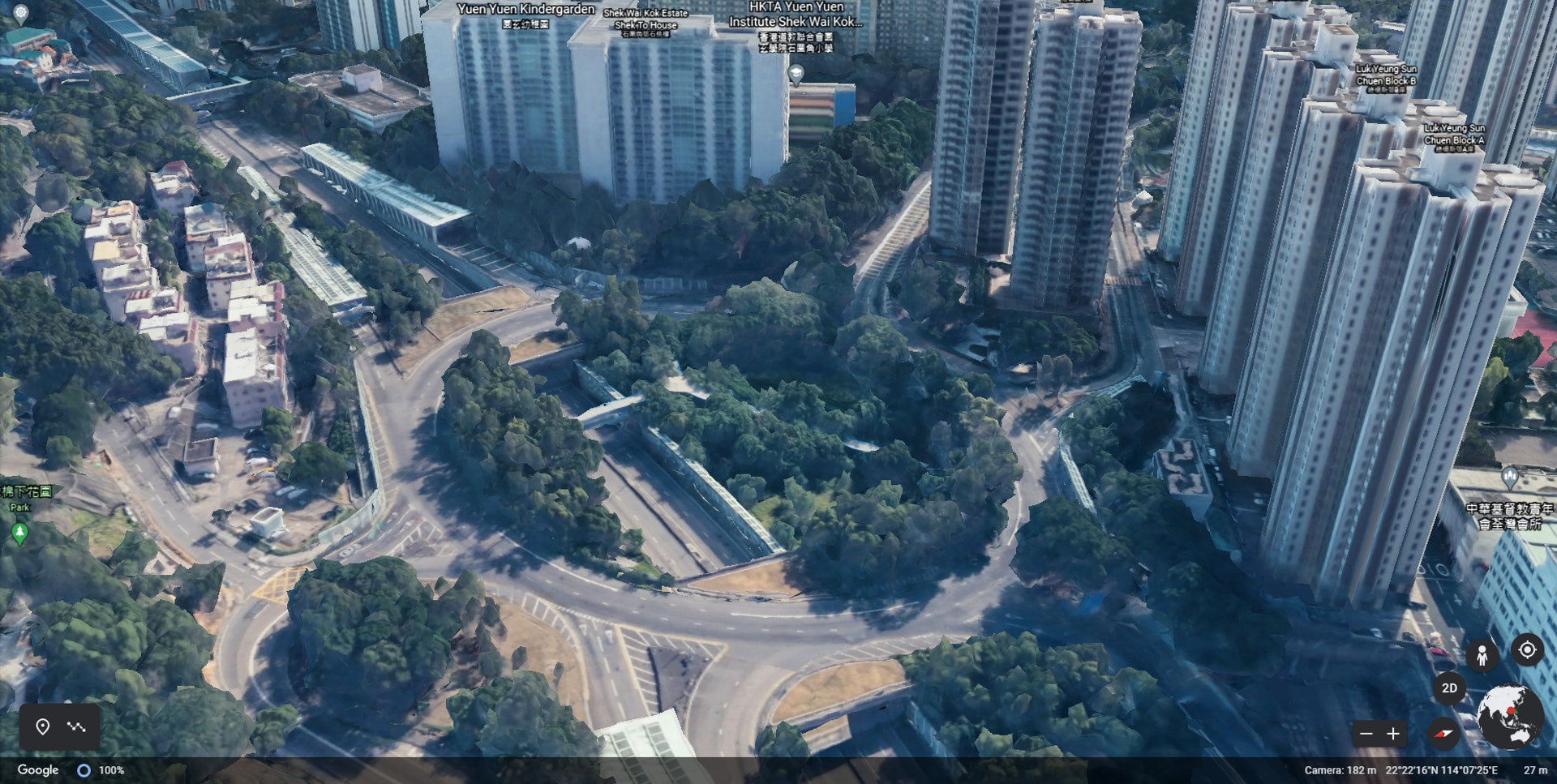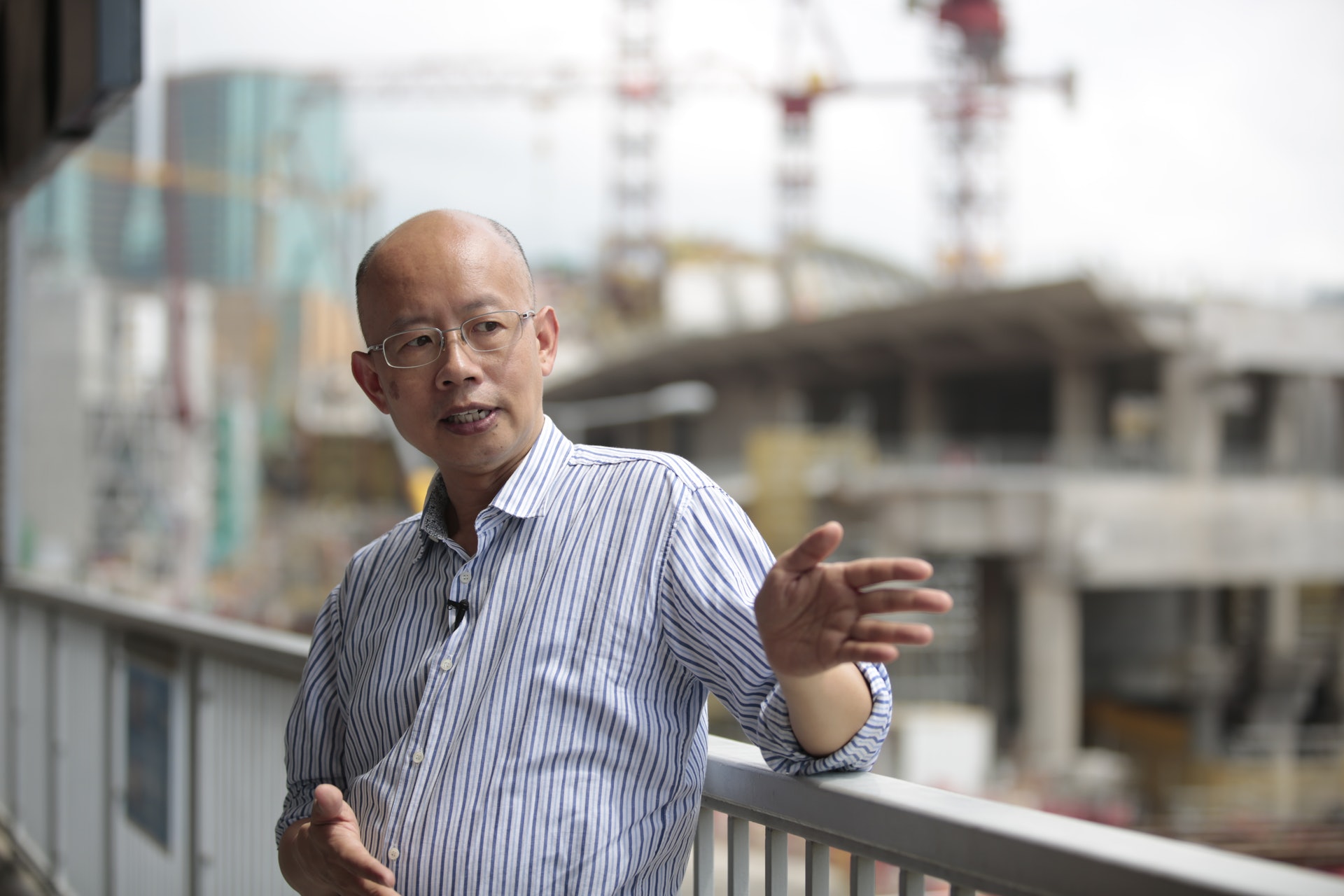
HK01 online newspaper recently carried an interesting story based on government statistics. These show that Sai Kung had the most accidents at roundabouts last year even though it has fewer than other places in Hong Kong. BUZZ has translated part of the article into English for the edification of all frustrated Sai Kungers.
When it comes to roundabouts, drivers feel all kinds of emotions, flashing through thrilling to fear to confusion. Traffic jams at roundabouts are also commonplace. But why do we have roundabouts in Hong Kong? Why are they prone to accidents and frequent traffic jams? Can they be improved? “Hong Kong 01” interviewed traffic engineers and road research enthusiasts, trying to interpret the roundabouts in the city in terms of traffic planning, urban development, and local road user education.
The roundabout is perhaps the most confusing part of driving, because the driver is “multi-tasking”, that is, turning, preparing to enter and paying attention to avoiding vehicles. Hong Kong had 260 traffic accidents at roundabouts last year, with an average of more than 20 per month, many causing casualties.
Julian Kwong, a traffic engineer and chairman of the Road Safety Research Group, pointed out that improving the safety of intersections is one of the advantages of roundabouts. However, if some roundabouts are too complicated, have many traffic lanes, or are connected at downhill sections of expressway exits, the risk of car accidents will be greatly increased.

According to statistics from the Transport Department and Highways Department, there are currently more than 330 roundabouts in Hong Kong. Shatin, Kwai Tsing and Outlying Islands have the most roundabouts, 39, 35 and 31 respectively. A total of 15,298 traffic accidents were recorded in Hong Kong last year, of which 260 occurred at roundabouts (approximately 1.7% of all traffic accidents), an average of 21 cases per month. Comparing different districts, the roundabouts in Sai Kung District had the most traffic accidents, with 79 cases recorded last year, followed by Kwun Tong and Wong Tai Sin with 44 and 30 cases respectively.
There have also been serious traffic accidents in the past at roundabouts, including the overturning of the tourist bus at the South Pin Wai roundabout in Sai Kung in 2008, resulting in 19 deaths and 43 injuries; in 2009, a double-decker bus accidentally overturned at the roundabout off Sheung Tak Village, killing two with 33 hurt.
In response to enquiries, the Transport Department stated that there are currently two roundabouts in Hong Kong classified as traffic accident black spots, namely Tsuen Tsing Interchange (Tsuen Wan Road) and Tsuen Kam Interchange (Texaco Road North/Wai Tsuen Road). In the second quarter of 2020, there were 49 traffic black spots in Hong Kong.

Tsuen Tsing Interchange (Google)
Regarding the former, Kwong explained that this place is a layered intersection of Route 5, connecting five groups of roads, with a lot of traffic, and a three-lane roundabout, which is very busy; if vehicles enter the roundabout from Tsuen Wan Road, they need to get off. Obliquely, the speed is faster, and the driver brakes too late, which causes accidents; the shape of the roundabout is not a perfect circle, and some vehicles may accelerate when entering a slow section of the curve; and the line of sight along the central island of the roundabout is blocked by plants and bridge piers which also increases risks.

Tsuen Kam Interchange (Google)
As for the Tsuen Kam Interchange, Kwong pointed out that it is part of the layered interchange of Route 9 Highway. There are six groups of connecting roads. At the same time, there are three lanes, and it has lots of traffic. He said that the two roundabouts have inherently undesirable places. However, he emphasised that when evaluating the relationship between the design and safety of a roundabout, it is necessary to count the main locations and patterns of car accidents to see whether they are random or have certain distributions or characteristics before a conclusion can be drawn.
However, Kwong also pointed out that one of the advantages of the roundabout itself is that it can significantly improve the safety of the intersection. He explained that the rule of the roundabout is that the vehicles in the roundabout have priority, that the speed of all traffic is reduced, the accidents are mainly oblique side collisions, and the severity of the accident is generally low. In comparison, he explained that there is a priority at normal intersections and the speed is faster. Once a collision occurs at a four-way intersection, a 90-degree collision is the main type of accident. If it hits a weaker part such as the door, it is easy to cause serious injury to the passengers.

Julian Kwong
Kwong continued that the roundabout also has two important safety functions, which not only can distinguish different road types, promote the adaptation of drivers, but also provide a safe way to turn around. However, he also pointed out that if the roundabout is too complicated, the traffic lanes are too many and busy, or if it is connected at the downhill section of the expressway exit, the risk of a car accident will be greater.
The full article (in Chinese) can be dowloaded from https://www.hk01.com/%E7%A4%BE%E6%9C%83%E6%96%B0%E8%81%9E/604568/%E8%BF%B4%E6%97%8B%E8%99%95%E9%9B%A3%E5%85%A5%E9%9B%A3%E5%87%BA%E8%BB%8A%E7%A6%8D%E9%A0%BB%E7%94%9F-%E8%A5%BF%E8%B2%A2%E5%8E%BB%E5%B9%B4%E6%84%8F%E5%A4%96%E6%9C%80%E5%A4%9A-%E4%BA%A4%E9%80%9A%E5%B7%A5%E7%A8%8B%E5%B8%AB%E7%B4%B0%E6%95%B8%E5%8E%9F%E5%9B%A0




Be the first to comment